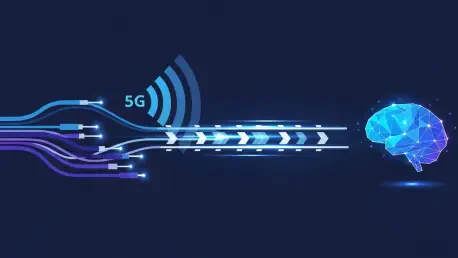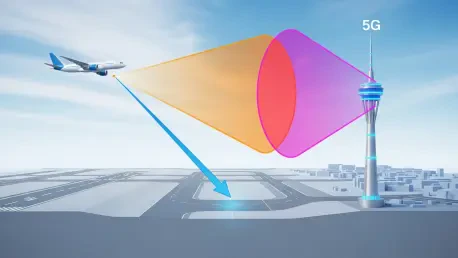
The very fabric of the modern enterprise has been rewoven into a complex tapestry of dynamic collaboration, digital integration, and geographic dispersion, stretching far beyond the confines of a traditional office. As businesses expand their operations into temporary pop-up stores, deploy

The Digital Tightrope Navigating Europes Dual Ambition for Innovation and Social Welfare Across the European continent, a high-stakes balancing act is unfolding as the relentless drive for technological advancement collides with deeply ingrained social commitments. This core tension pits the

Across the continent's telecommunications landscape, a profound transformation is quietly gaining momentum, suggesting the industry's future will be defined not by the reach of its cables but by the sophistication of its code. This is not merely an upgrade cycle; it is a fundamental re-imagining of

A Strategic Gamble That Shakes the Wireless Landscape In a move that has sent shockwaves through the telecommunications industry, Verizon has launched an aggressive series of rate cuts, signaling a dramatic pivot in its market strategy. Spearheaded by its new CEO, Dan Schulman, this is no mere

In a significant escalation of federal-state tensions over technology regulation, a new executive order signed on December 11, 2025, has introduced unprecedented market uncertainty by linking state AI policies to federal broadband infrastructure funding. This market analysis examines the immediate

The persistent demand for faster, more reliable wireless connectivity is pushing technology into new frontiers, but this relentless forward momentum is now intersecting directly with the critical safety systems that guide aircraft safely to the ground. In a move that underscores this high-stakes